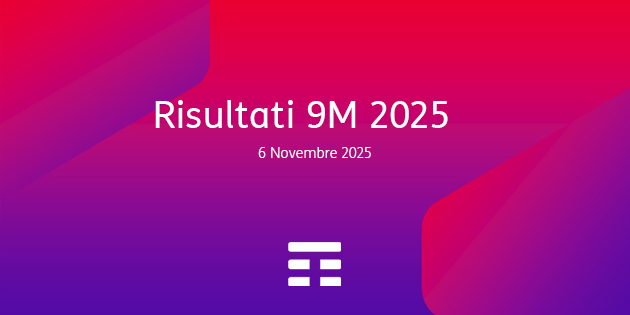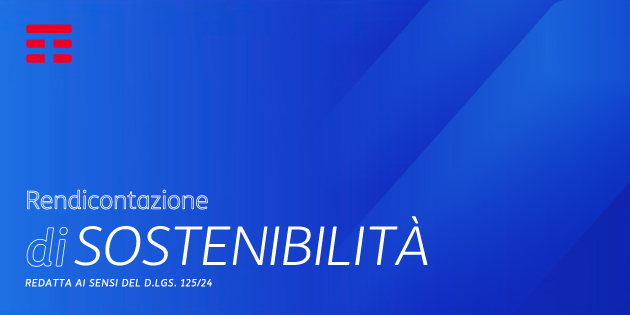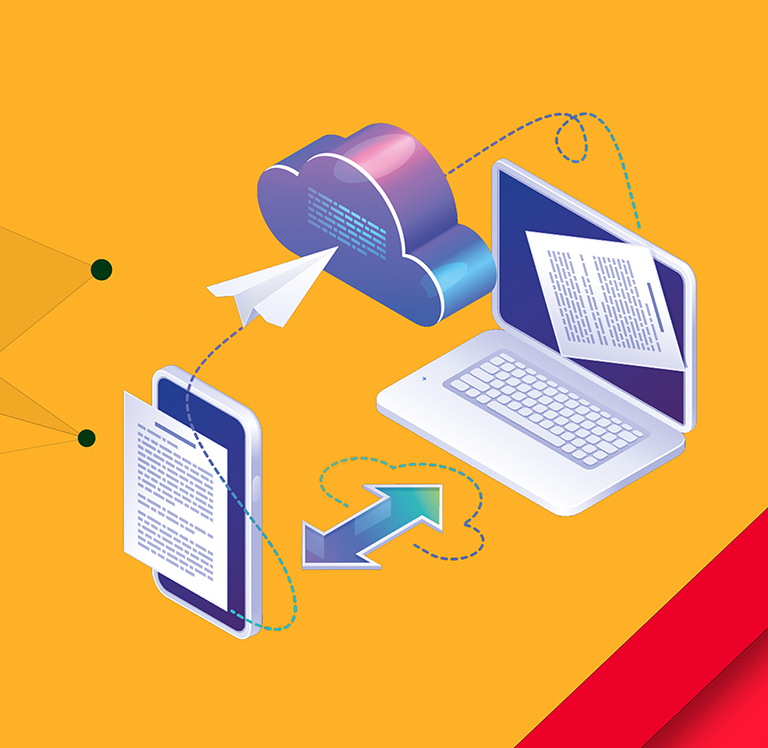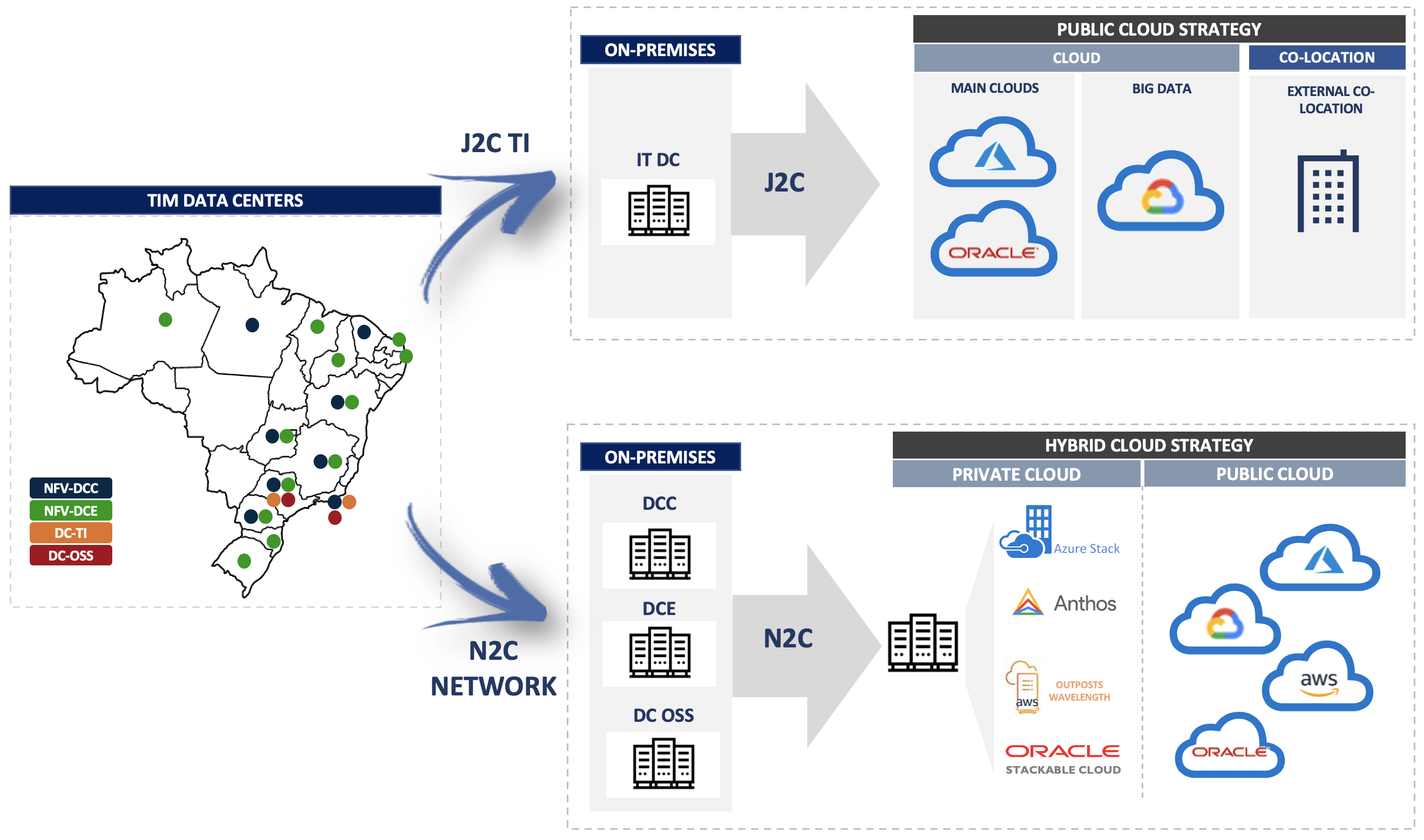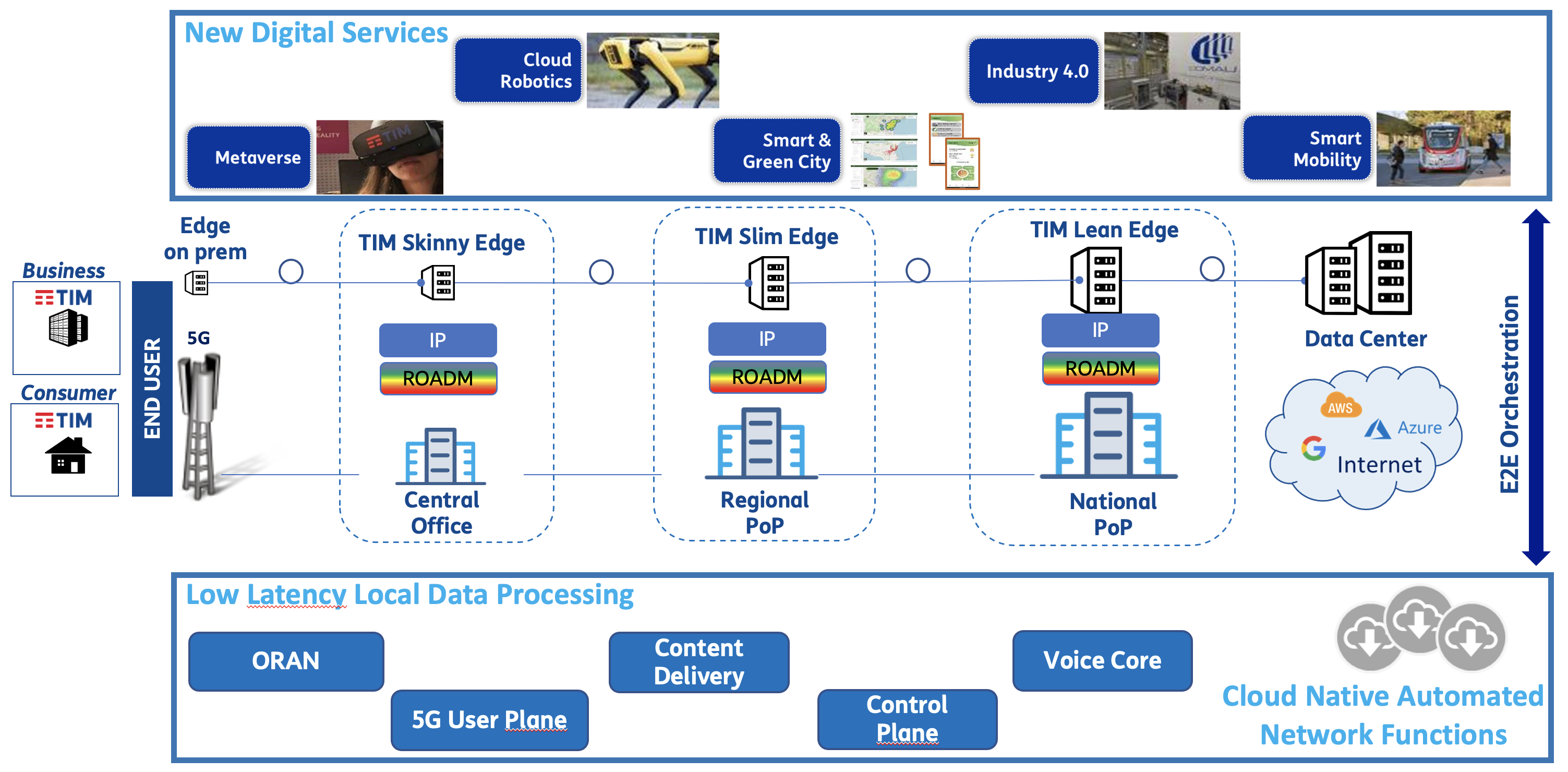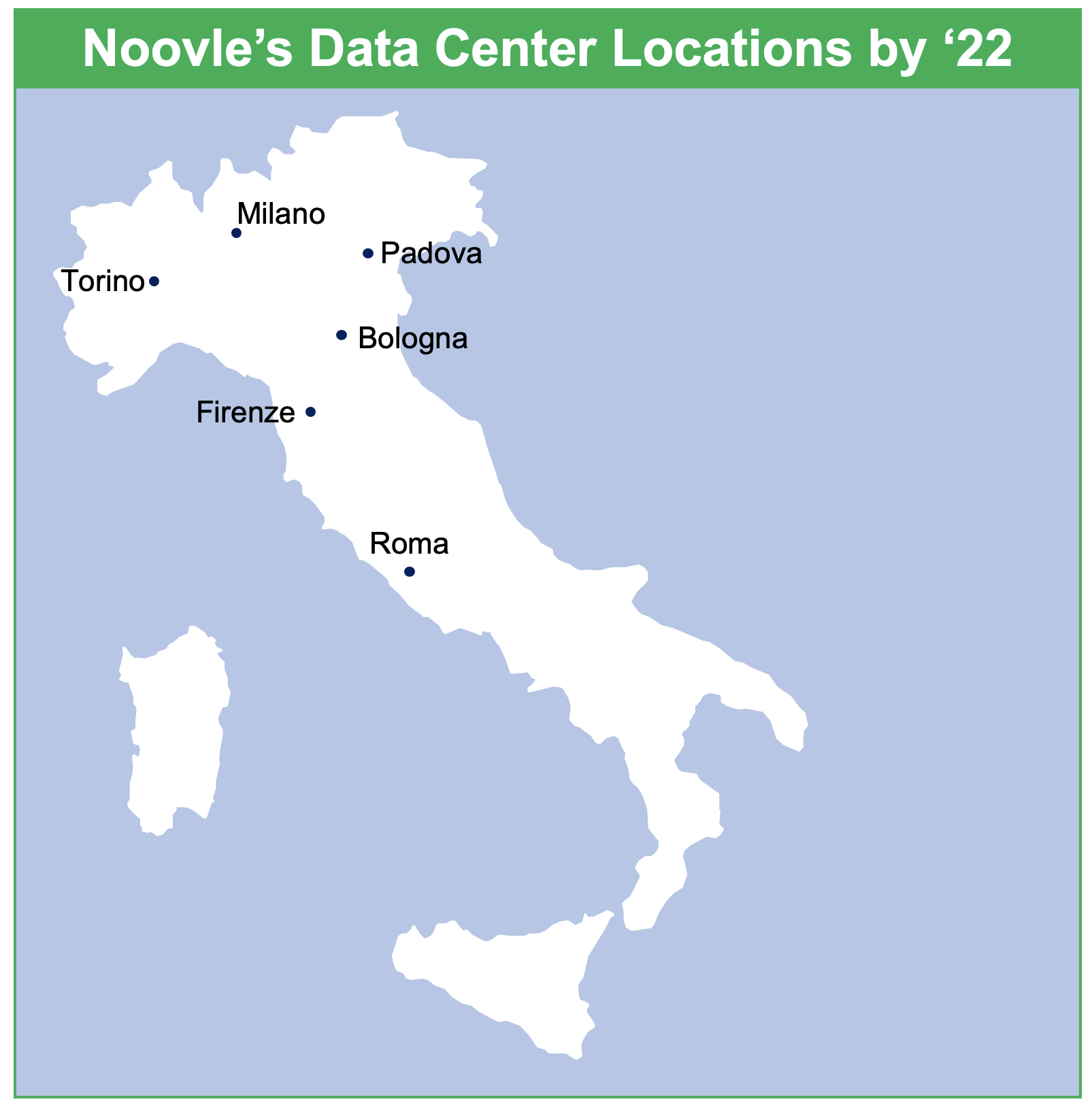AT&T: not an acronym (originally American Telephone & Telegraph)
API: Application Programming Interface
AWS: Amazon Web Services
BSS: Business Support System
CNA: Cloud Native Application
CSP: Cloud Service Provider
DC: Data Center
EU: European Union
ESG: Environmental, Social and Governance
GCP: Google Cloud Platform
GE: Gigabit Ethernet
HCP: Hyperscale Cloud Provider
IaaS: Infrastructure as a Service
IDC: International Data Corporation
IEC: International Electrotechnical Commission
ISO: International Organization for Standardization
IT: Information Technology
ITU-T: International Telecommunication Union – Telecommunication Standardization Sector
J2C: Journey to Cloud
N2C: Network to Cloud
NFV: Network Functions Virtualization
NFVI: Network Functions Virtualization Infrastructure
OCI: Oracle Cloud Infrastructure
OSS: Operation Support System
PaaS: Platform as a Service
PoP: Point of Presence
SLA: Service Level Agreement
TCO: Total Cost of Ownership
TPF: Transformation Project Framework
VAS: Value Added Service
WL: WorkLoad

